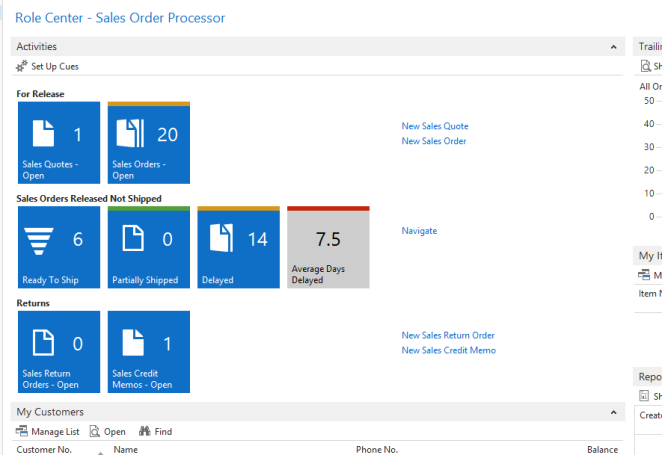Design Microsoft Dynamics Navision 2013R2 RDLC Report Part-2
In this post we will move to next step, and there we will go through two more data item grouping.
For example: Here we will list Customer Ledger entries by Customer, then Customers by Salespersons. So we will get all customers for each salesperson and ledger entries for each customer that is done by using Salesperson, Customer, and Customer Ledger Entries data items.
In my previous blog I briefly explained how to add a parent and child group and how it has displayed list of customers by salesperson, now I have included one more data item Customer Ledger Entries which will be listed for each Customer the customers for each Salesperson.
Below figure shows how the report layout looks after adding the “Parent Group” Salesperson “Code”.

Shows output of the customer list on Salesperson wise.

To define 3 or more data items and required field for the dataset on the Microsoft Dynamics Report Designer, please follow the below steps.
Click view->Layout. Microsoft Visual Studio Report Designer opens with a dataset result from the report dataset designer.

The above figures show data items list in the object designer.
As shown in the below screenshot, place the cursor on the “Parent Group” “Code” and then click AddGroup-> Child Group.

After you click the “Child Group” it opens below window. Select “Group by” then select particular field (here I am selecting CustomerNo for the example), select “Add group header” and “Add group footer” as shown in the Tablix group. See the screenshot

Adding the “Parent Group”, and “Child Group” report layout should like this.

After adding the groups if you wish to delete left most or empty column (it represents the parent group field) of the group, you can delete. After deleting the left most column report layout should like this.

Save and close the report. Run the report from Object Designer.


No comments:
Post a Comment